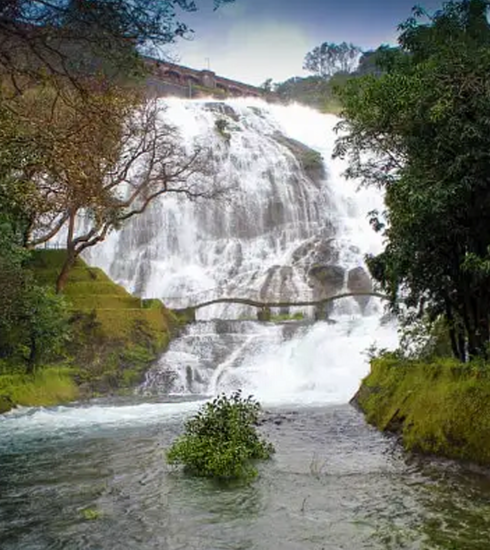What Time Is The Greatest To Travel?
There is a vast, unknown world out there, complete with a variety of climates, just waiting to be discovered. Furthermore, depending on the locations you visit, you can encounter completely diverse temperatures within a single nation at the same time of year.
Choosing the type of weather you wish to experience while on vacation will help you focus your search if you’re feeling a little overwhelmed by the sheer number of destinations available. After all, the weather affects everything, including your experience at a certain location, the food you eat, and the activities that are accessible at a particular time of year. There is a suitable location out there for you, whether you want a warm holiday or a snowy vacation.

Choosing the ideal time to travel based on the tourist seasons
There are tourism seasons for each destination. High (peak) season, shoulder season, and low season are the typical divisions of these seasons. The season you want to travel in will typically have a significant impact on where you go and when you go there. The benefits and drawbacks of each tourist season are listed below.

High Season
Typically, high season, also known as peak season, brings crowds of people and expensive prices when the nation is enjoying its best weather. Because of its frequent negative reputation, many seasoned travellers choose to forego visiting during the peak travel season.
But depending on your vacation or preferred location, high season can be the greatest time to go. You’ll experience the greatest weather, meet lots of other tourists, and perhaps even receive superior service due to the hospitality staff’s intense focus on supportive tourists.
For those who wish to enjoy a destination’s attractions to the fullest, high season is the ideal time to travel. High season is your greatest travel option if you are prepared to pay the higher rates, don’t mind sharing attractions with many other visitors, and want the best weather for a holiday.

Low Season
High season’s complete opposite is low season. There aren’t many tourists present at this time, therefore the costs for those who do go are typically much lower. However, there is a separate cost associated with the shorter lines and lower rates.
The low season typically brings with it bad weather, fewer tourist attractions, and in certain cases, less lodging and transportation options. Low season in certain places means resorts and hotels closing, less attentive service from hotel workers, and fewer and farther between flights.
Not everyone finds low season appealing. However, if you’re searching for a relaxing vacation and don’t mind dealing with unusual weather, this could be the ideal time to travel.

Shoulder Season
Shoulder season, which is frequently overlooked, can help you save money and have an amazing trip. The period between peak and low season is known as the shoulder season. This typically occurs between spring and autumn.
Many people don’t consider the shoulder season while planning their vacations. But whenever possible, that is the greatest time to travel. Many of the tourist attractions are still open if you visit shortly after peak season, but without long queues and crowds of people.
Since the weather starts to warm up and the crowds haven’t yet arrived, visiting right after the low season might also be a wonderful alternative since you’ll probably discover still-cheap pricing.
The shoulder season can occasionally bring up unusual weather patterns, so it’s crucial to pack appropriately!
Many of your travel-related queries, like where to go, when to go, and what to expect when you get there, should now be resolved, we hope. The only things left to do are to reserve your tour, prepare your luggage, and mark your calendars.
.






